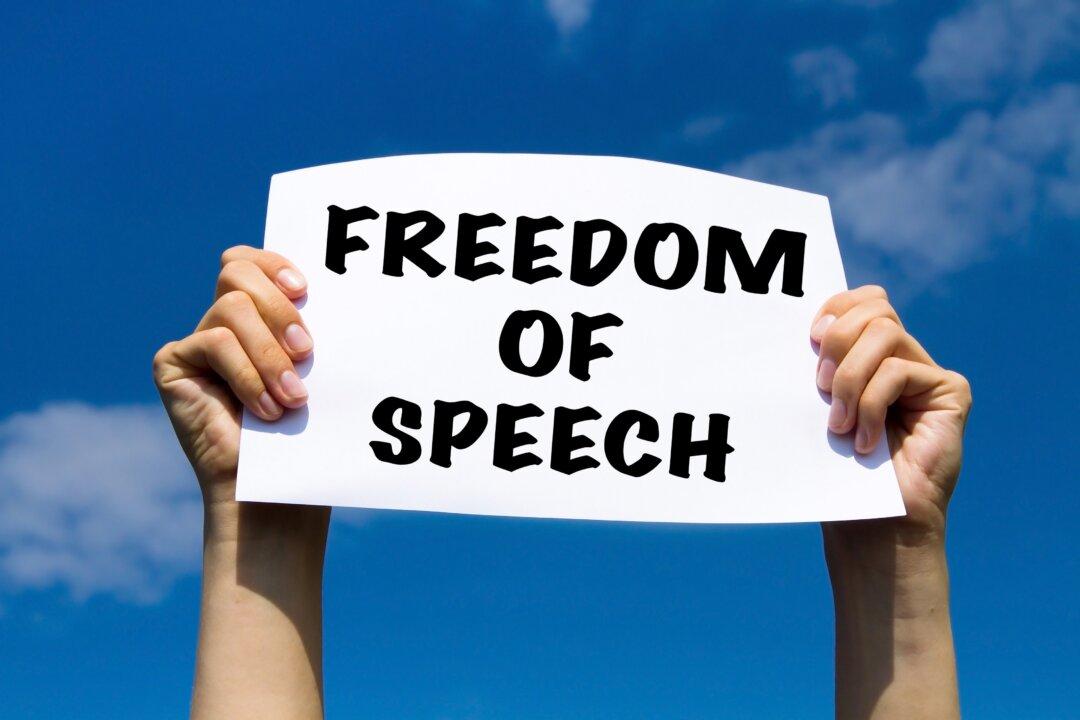Commentary
Our federal government, like a mother seeking to protect her very young and vulnerable children, has announced its plan to keep us safe from “harm” on the internet. As Justice Minister Arif Virani explained at a Feb. 26 news conference, toys like LEGO have rigorous safety standards to protect children, therefore the government must protect Canadians from “the most dangerous toy” in their homes: the internet.





